Apple iPhone 6s vs iPhone 6
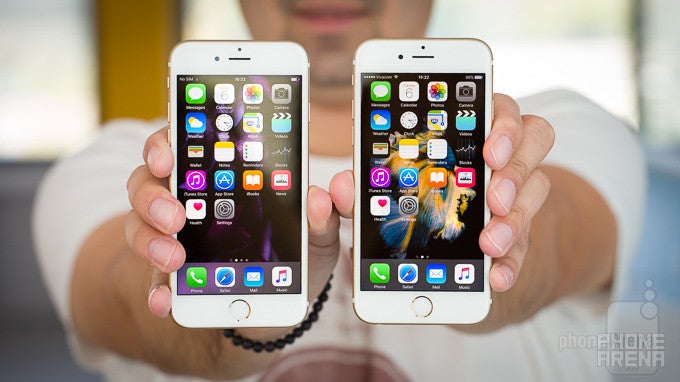
Introduction
The Apple iPhone 6s is probably the biggest ‘s’ cycle upgrade the iPhone series has seen in the eight revisions that we’ve witnessed since the launch of the original iPhone in 2007.
Yet the new iPhone 6s looks practically identical to the iPhone 6 and you can’t recognize which is which from afar.
Unless, you are faced with the ‘rose gold’ version of the new iPhone. And unless, you pick it up: the new iPhone is slightly but noticeably heavier and thicker. You know there are also improvements on the inside: a new Apple A9 system chip that is now built on a new-generation, more efficient manufacturing process, updated cameras: a 12-megapixel main iSight camera, up from 8 megapixels; and maybe even more importantly – a 5-megapixel selfie cam, a huge jump from the 1.2-megapixel front shooter before. You also have 3D Touch and Live Photos.
How does this work out in real life? And should you upgrade from the 6 to the 6s? Read on to find out.
Design
You can’t tell the two apart from afar, but once you hold the 6s you’d notice that it’s slightly heavier and thicker.
With the ‘s’ series of phones, Apple has established a tradition of changing the inside, but not the outside of the phone.
The iPhone 6s is no exception: it looks just like its predecessor, and you won’t be able to tell the two from afar. Except if you don’t happen to have the rose gold version of the new iPhone. Rose gold (pink, maybe?) is the new color, and it’s a subtle shade that appeals to both sexes and is not over the top kitsch.
While you can’t tell the new iPhone 6s from the iPhone 6 from afar, you will be able to tell the difference when you pick up the new phone in your hand. It is slightly, but noticeably heavier and thicker (143g on the 6s vs 129g on the 6, 7.1mm vs 6.9mm). The iPhone 6 was shockingly light and svelte, while the iPhone 6s has a more solid feeling in the hand and some might even prefer that. If you’re curious about the reason behind that added heft, it’s the new 3D Touch functionality that requires a new layer of sensors behind the screen to detect the difference between a hard and a softer touch of the finger.
Apple is now using a much stronger, 7000 series aluminum alloy on the iPhone 6s. You won’t notice the difference in daily use: it’s still the same, good looking aluminum phone, but it is harder to bend now. Bending has not been the huge issue on the smaller iPhone 6 as it was on the 6 Plus, but we imagine that in extreme cases - like when you accidentally forget the phone in your back pocket and sit with it – it should not bend and there are higher chances for it to survive with no scars.
All else has remained the same in terms of design: the round physical home key with the Touch ID fingerprint scanner in it has the same nice click and solid feedback, the metallic lock and volume buttons feel sturdy and well made. Also, the familiar antenna bands on the back and the protruding rear camera are still here. What all of this means is that you can rest assured: the new iPhone 6s will fit in your existing iPhone 6 case (but it's a tight fit).
Display
Evolution, rather than revolution: the 4.7” screen on the 6s is very similar to the one on the 6, with slightly better looking colors and slightly lower peak brightness.
The display has also remained largely the same on the iPhone 6s: it’s a 4.7-inch IPS LCD panel with a resolution of 750 x 1334 pixels.
This means pixels are packed at a rate of 326 pixels per inch. Yes, this is way below the competition, some of which now happen to come with much sharper pixel densities, reaching 577 pixels per inch at times. In reality, those shocking differences in numbers result in a very modest perceived difference that will be evident when you stare at your phone up close, but that you will hardly notice when you use the phone from anything above ~10” viewing distance. Yes, Apple has some catching up to do, but the perceived difference in sharpness is much less than the aforementioned numbers suggest.
Next, brightness on the iPhone 6s has actually taken a hit: peak brightness now reaches 550 nits, while the iPhone 6 could go up to as high as 600 nits. This will result in some slight differences for outdoor use, where the iPhone 6 would still be a bit more comfortable to read under direct sunlight.
Another important value we measure is the absolute lowest brightness that the iPhone 6s’ display can reach: it’s 6 nits, a slight improvement over the 7 nits that the iPhone 6 got. A lower value here means that the screen can get dimmer, which makes it easier on the eyes at night. 6 nits is a pretty decent value in this regard, though it could have been even better..
It is colors, however, that are without a doubt the most important aspect of a screen. The iPhone 6 featured slightly bluish whites, but for all else was a gorgeous display with good-looking colors , very close to the standard sRGB color space. The iPhone 6s is very similar to it with some very, very slight improvements. It’s still just very slightly bluish (even less so than before), gamma is now even closer to the reference 2.2 value across the whole range, and colors are just a bit more accurate.
The iPhone 6s currently has one of the best-looking screens on any phone: sure, it doesn’t break any records in sharpness, brightness or even color accuracy, but it is well rounded and good- looking in all those aspects when you combine them together.
Interface: iOS 9 and 3D Touch
3D Touch is great in the future tense: at launch, though, it is yet to live up to its full potential.
One of the great things about Apple is the impressive pace of iOS updates.
The iPhone 6s is here, but it runs on iOS 9 just as the iPhone 6, so apart from a few new features, the core experience is the same. That’s both pleasant and useful: we’re pleased to know we’re on the latest software, but we’re also feeling safe using the latest platform since we know that Apple has patched security vulnerabilities and will do so in a timely manner in the the years to come.
We won’t go into too much detail about iOS 9 itself: everyone knows the icon grid that meets you when you unlock your phone. The biggest perceived change in iOS 9 is the new Spotlight Search. The first thing you notice about it is that it feels just a bit slower, especially if you opt in for the full set of ‘Proactive’ Spotlight features. That's especially true for the iPhone 6 where a slight stutter is more noticeable than on the new 6s.
What Apple has done with the iPhone 6s, in particular, is add some flare that is not on the iPhone 6. The first such addition is Live Wallpapers: a selection of 9 animated, high-quality images that appear as static on the lock screen until you touch the screen with some force – it is then that they come to life in a short animation. It’s a neat new effect, but what makes it much more impressive is the option to add your own Live Wallpapers, using Live Photos as such. It’s a true personal touch: nothing compares to having your kid or loved one appear in such a lively animation on your lock screen.
Then there is the elephant in the room: 3D Touch. The new feature is able to tell whether you are just tapping or using more force to trigger different reactions. At launch, it’s limited mostly to the stock applications. We found it particularly useful in the dialer (3D Touch it to save time and quickly call someone from your recent contacts), maps (3D Touch to start navigation home), and camera (3D Touch to go take a selfie).
At the moment, 3D Touch is a really cool feature, but it'll take some time before we can really start seeing it as a reason big enough to make you switch from the 6 to the 6s.
Processor and Memory
Apple A9: new manufacturing process, huge improvement in benchmarks, yet still – both the 6 and the 6s run at, perceptively, a similarly smooth manner.
The iPhone 6s might not have changed on the outside, but it brings huge improvements under the hood. Apple started designing its own custom cores – a massive undertaking – with the iPhone 5 way back in 2012, and it has gone a long way since then.
The iPhone 6s launches with the Apple A9 system chip. It’s really two chips, though: since Apple makes the jump to a new, more efficient, FinFET manufacturing process, it had to make sure it can ship those millions of units that consumers demand and that’s why it’s double sourcing the A9 from both Samsung and TSMC. Samsung was the first to go with 14nm silicon in the mobile silicon space, so it’s no surprise that some Apple A9s are made by Samsung. What’s particularly interesting is that the remaining iPhones this year are made by TSMC on a different, 16nm process, with a larger die, and are slightly different in architectural design. Both these designs come under the Apple A9 umbrella.
And the A9 is wicked fast. It’s the fastest chip out there currently: it sweeps the floor in GeekBench, where it achieves single-core performance comparable to that of an Intel Core i5 series laptop of a couple of years ago.
Yet, we doubt that you’d be able to tell. The iPhone 6s runs smoothly, but so does the iPhone 6. We opened and closed the apps we use on a daily basis, installed new apps, opened the camera and we couldn’t see a meaningful difference in all those most commonly visited places. There are some isolated spots where that speed shows up: most noticeably when scrolling lists, for instance in the YouTube app where the iPhone 6 appears a tad jerkier, while the 6s is smooth, a bit in Spotlight search, a bit more in demanding photography apps when you apply heavy filters, in some sophisticated games, but for the most part both the 2014 and 2015 iPhone seem... just equally fast.
The other big change is 2GB of RAM. Having more RAM is a per-requisite for a good multitasking experience. This – again – will be something that only power users will notice, though. Multitasking was fast before, but now you can have more apps run in the background, so if you have, say, 10 Safari tabs open, you can switch between them without waiting for the pages in those tabs to reload. It’s also a way to future-proof the iPhone, so while it might not carry an immediately perceived benefit for light users, it’s still appreciated.
Then, we come to the storage situation. Put simply, it’s a disadvantage to have 16GB of storage on a flagship phone in 2015. It’s not enough for more active users. A particularly vivid illustration of how insufficient that seems is the new 4K video recording: you can only record around 30 minutes of video until you run out of storage completely. You also have a 64GB version (a $100 on top of the base, 16GB model) and a 128GB one (another $100 on top of the 64GB one), basically all the same storage options as on the iPhone 6.
This short rant aside, Apple has made some impressive improvements to memory speeds. It uses an SSD-class controller and storage, a mixture of SLC/TLC NAND storage. The new iPhone 6s is expected to perform considerably faster than the 6 at writing and reading large files.
Camera
The new 12-megapixel camera captures surprisingly similar images to the 8 MP iPhone 6 snapper. For the most part, you won’t be able to tell the difference between the two. 4K video, however, is a game changer.
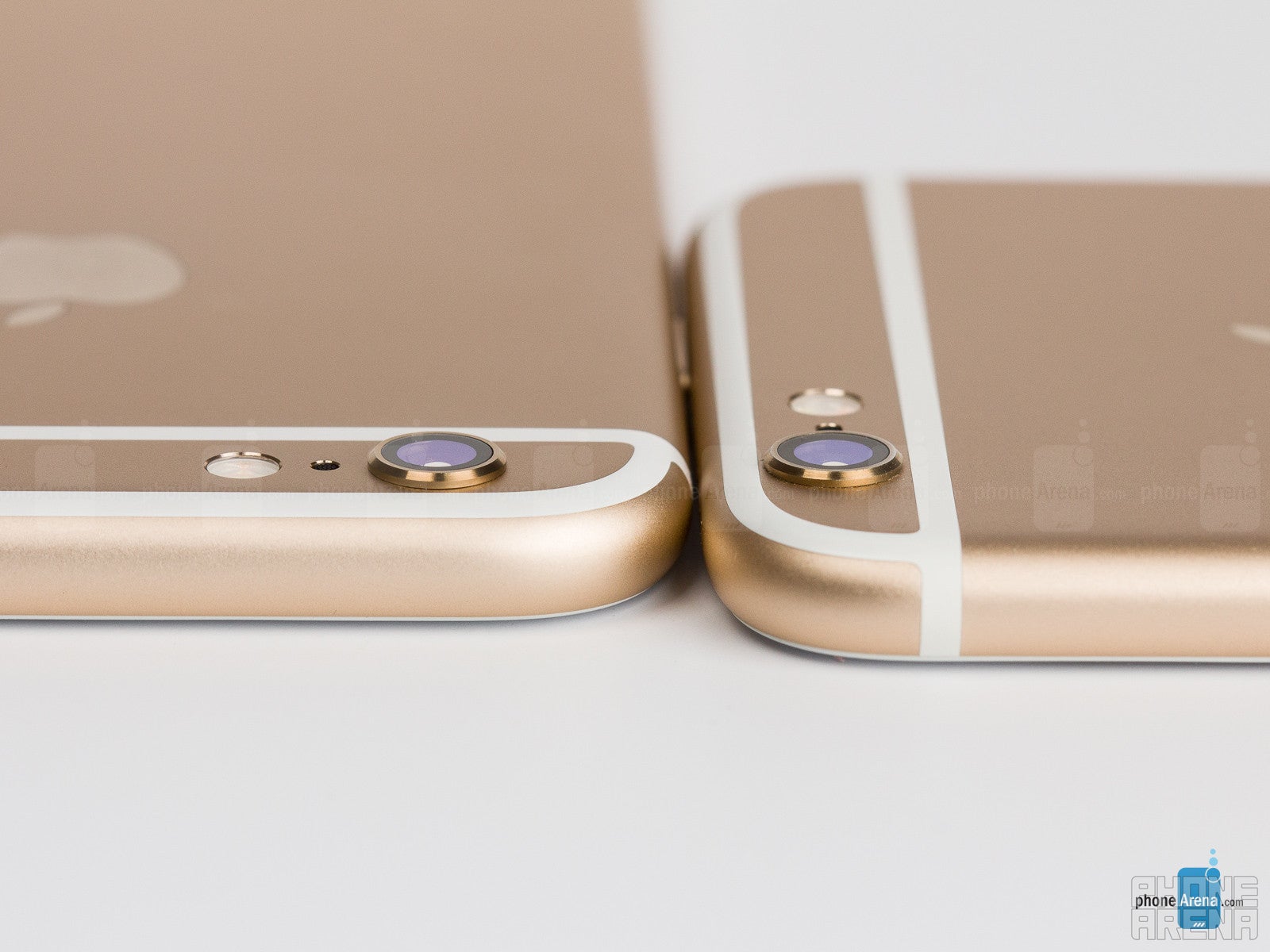
Before we look at the actual images, let’s take a look at the camera app itself and its features. No surprises here: the camera apps on the 6s and the 6 are practically identical save for the Live Photos feature and 4K video recording that are only possible on the 6s. In terms of manual controls, you have a convenient slider to easily control the exposure of an image – make it brighter or darker. If you want a full-on manual ride, though – with control over ISO, white balance temperature, and shutter speeds – you’d need to use a third-party application from the App Store.
So is there any huge difference in the quality of the pictures? To put it simply, not really. We took heaps of images with both phones and pictures mostly look… the same. Starting with the colors, dynamic range, sharpness, everything just seems identical. You can even look up close, hunting for differences and you’d be hard pressed to find anything. If you do look at minute details, though, you will notice that the 6s looks sharper at the edges, where the iPhone 6 has slightly softer detail.
What does ‘same’ mean, though? In the case of the 6s and the 6, it means that images are looking great. Colors tend to be a bit warmer and just slightly punchier than in real life, the images have excellent dynamics to them, and exposure is metered correctly in a variety of different conditions.
In lower light, the iPhone 6s does seem to occasionally have some slight troubles with locking focus, but this is a rather minor and isolated issue. For the most part, both phones capture images that look fine: with a reasonable amount of detail and mostly accurate colors. Sometimes, in challenging lighting conditions, both iPhones tend to have a slight yellowish tone to images.
Then, we look at the selfies. Having a 5-megapixel camera results in a big increase in details in pictures. It’s a long overdue improvement that we’re happy to see. Yet still, we were surprised to see that it is not immediately noticeable: looking at selfies we took with the 6s and 6 we found it hard to tell the difference while looking at the image without zooming in. Colors in particular are rendered the same way: skin colors appear a bit too warm on both phones and images have a bit of an artificial boost in contrast for an extra pop.
Then there is 4K video. You may wonder whether it makes a difference; after all, most of us still have 1080p monitors and TVs. It does. And it looks excellent. 4K video appears much sharper and much better defined than 1080p, even when you look at the footage on a 1080p screen. It’s a difference that’s immediately clear: no need to peek and look into fine details to see it. Also, it retains the super fast continuous auto-focus speeds that you are used to from before, no issues in this regard.
At the same time, 4K is also crazy big in terms of file size. A minute of 4K video takes up 375MB of storage space, so you can record less than 30 minutes 4K total on the 16GB iPhone 6s. In comparison, 1080p at 30 fps on both the iPhone 6 and 6s takes an average of around 130MB, nearly three times less. All video is recorded using the H.264 codec.
However, if you are a video enthusiast, it makes sense you'd want to record in 4K. And in that case you might want to get a 64GB or even a 128GB iPhone 6s.
Multimedia
With Apple Music now part of the Music app, the media apps look better than ever on both phones. The iPhone 6s, however, shines with a brilliant new speaker.
With Apple Music, Apple is trying to move into the future of music, which is clearly streaming. Both the iPhone 6s and iPhone 6 support the app and it’s working mostly great. Yes, it has some shortcomings when compared to rival Spotify, but Apple has quickly moved to address most of them and it has the important advantage of having Apple Music as part of the first-party Music app that is seamlessly integrated in the iOS ecosystem. This will win a lot of users over. The interface and functionality is straightforward, with large and good-looking image art and nice categorization and playlists.
Then, the Photos app. It is largely the same affair on both phones, simple and easy to use. What’s annoying on the iPhone 6s gallery, particularly in the grid view, is that there is no indication which of your images are Live Photos and which are just static, so you have to manually 3D Touch each one to see. Bummer!
The videos app is also simple and straightforward on both phones: it’s great for looking through your own videos and has simple sharing options.
Finally, the loudspeaker. Both phones have a single, bottom-firing speaker but it’s improved in the iPhone 6s, with a bit more depth and clarity to it than on the 6. It’s one of the best sounding speakers we’ve tested.
Battery life
Smaller battery surprises with better battery life, but the difference is not radical.
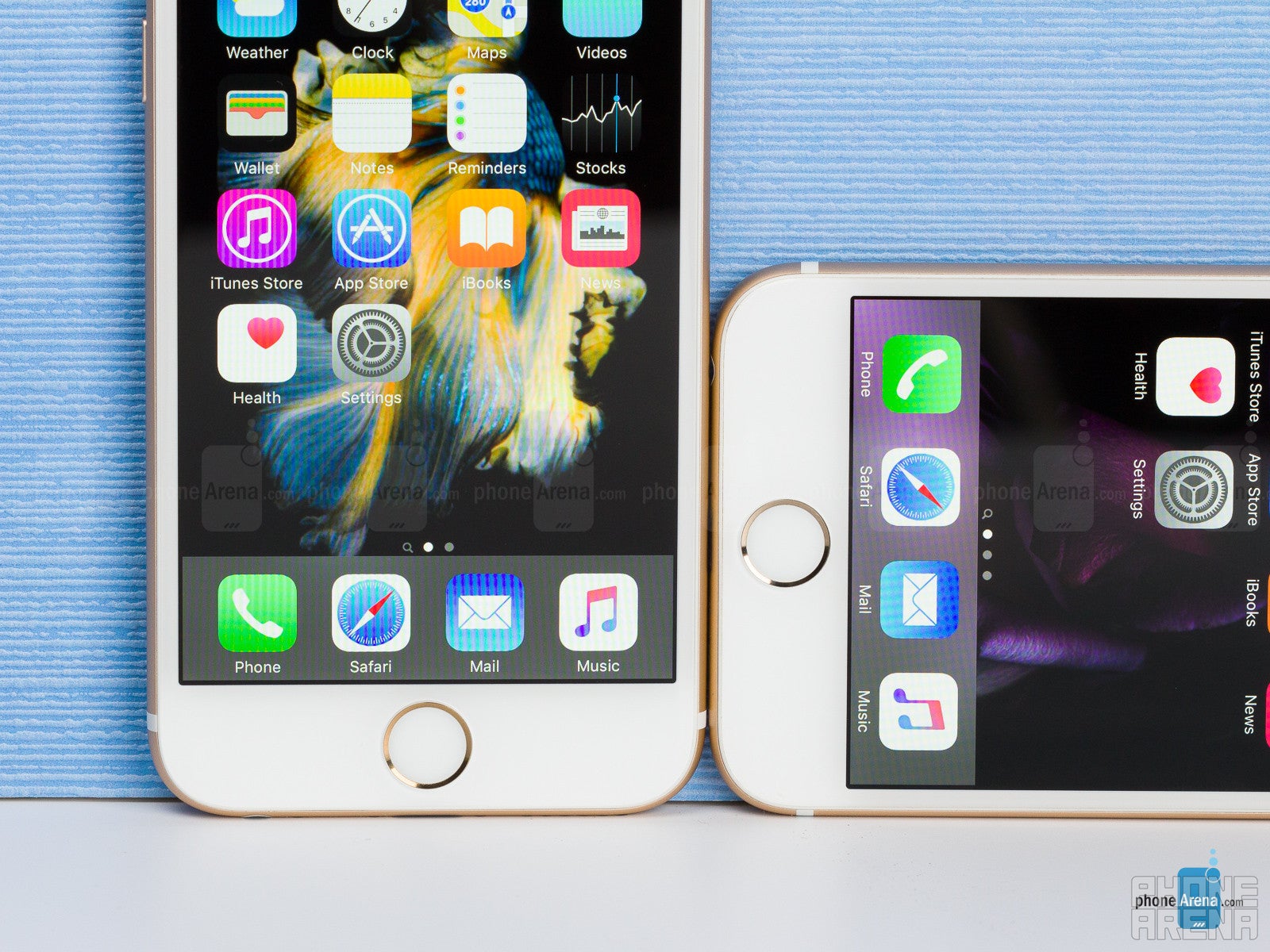
It didn’t.
In fact, the iPhone 6s has a smaller battery cell: 1715mAh vs 1800mAh on the iPhone 6.
Why? The main reason seems to be that 3D Touch required extra space and weight, so in order to keep the iPhone at the same impressive thinness and to not make it too heavy, Apple had to use a slightly smaller battery. Not only that, though: with the new, more power-efficient silicon, Apple is able to squeeze comparable real-life battery life of the 6s as on the 6, if not better.
In order to test the difference, we run our custom battery life test: screens pre-set at 200 nits, running a script that emulates typical phone use with no screen off time. There is a big improvement here: the iPhone 6s gest 8 hours and 15 minutes on this test, a more than 50% better showing than that of the iPhone 6, which has 5 hours and 22 minutes.
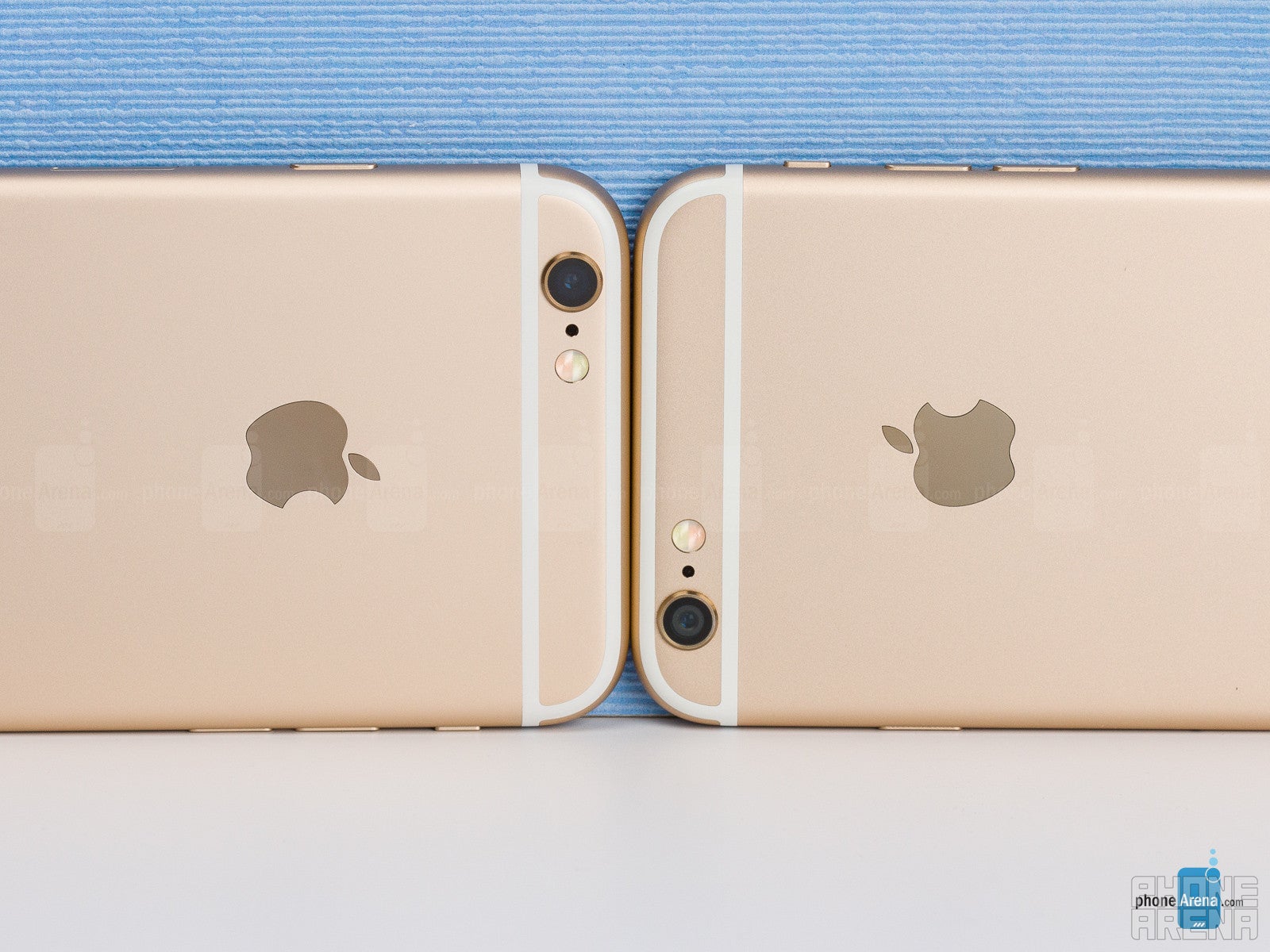
Apple also introduces a Low Power Mode in iOS 9. A reminder to turn on Low Power Mode automatically appears when your battery reaches below 20% – when you turn it on, you can tell by the color of the battery indicator – the icon turns yellow and percentage points appear. You can also enable this new mode anytime manually via the Settings if you want to squeeze the most out of the iPhone. What this new mode does is basically turn down background app refresh (you have to manually check for new email rather than get it pushed to you) and animations. Low Power Mode in iOS 9 on both the 6s and the 6 is nothing like the radical Ultra Power Saving Mode on Samsung phones: it brings much more subtle change and much more subtle gains in battery life.
Charging times are depressingly slow on both the iPhone 6s and iPhone 6. It’s still beyond us how it takes two hours and a half on both latest iPhones to fully charge their batteries. Apple has something to learn here: rival products like the Galaxy S6 charge a much bigger battery in half the time.
Conclusion
If you’ve read everything so far, you probably know the answer to the ultimate question that we ask ourselves in the conclusion: is it worth upgrading to the iPhone 6s from the iPhone 6?
It’s hard to see a convincing reason to do so right now: 3D Touch is nice, but a limited number of third-party apps are supporting it and even some apps by Apple don’t support it yet, the new system chip is faster, but the perceived improvement is very minimal and the same goes for the new cameras. Real-life battery life is also just slightly better and both iPhones have equally great-looking displays.
From a purely practical perspective, we’re – – most impressed with 3D Touch and all the potential that comes with it, but also with Live Photos and 4K video, which looks a lot better than 1080p. If money is not an issue, these are indeed meaningful improvements across the board with the iPhone 6s, so you have a good enough reason to upgrade from the 6. Gamers should also be excited about the A9 and 3D Touch in games. For all the rest that are looking for a more practical reason to upgrade (rose gold does not count) and are more or less on budget, we'd say you'll be perfectly OK if you just stick with the iPhone 6 for another year.
Apple iPhone 6s
Pros
- Future proof with amazing spec sheet
- Apple A9 is a monster for games and demanding tasks
- New rose gold color is dope
- 3D Touch shows the way for the future
- Great looking 4K video
- Improved battery life
Apple iPhone 6
Pros
- Lower price
- Still excellent performance
- Still great camera, on par with the 6s
Follow us on Google News
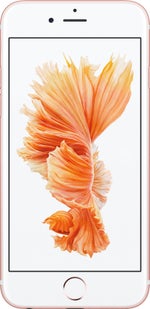
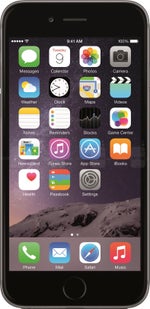









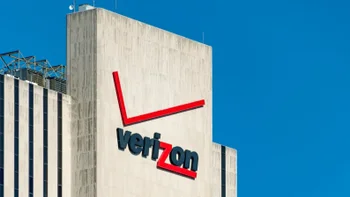
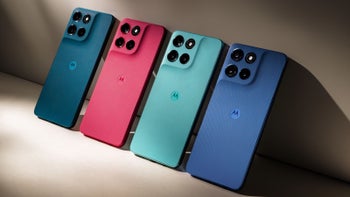

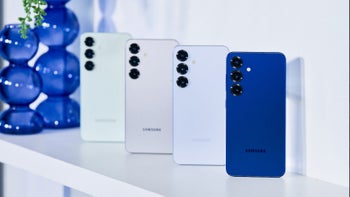
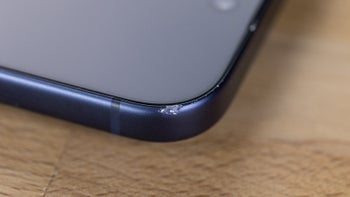
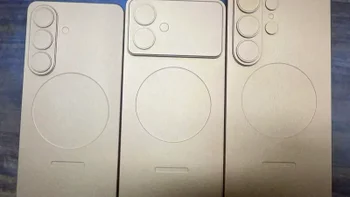
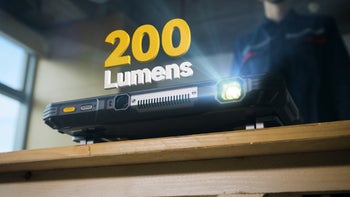
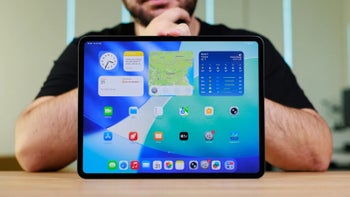

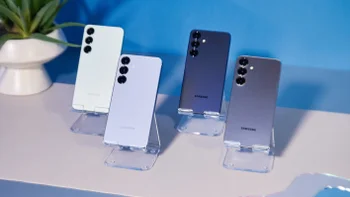
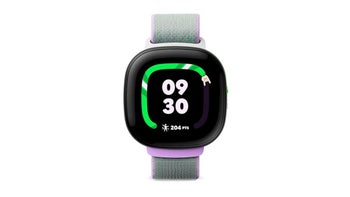
Things that are NOT allowed:
To help keep our community safe and free from spam, we apply temporary limits to newly created accounts: